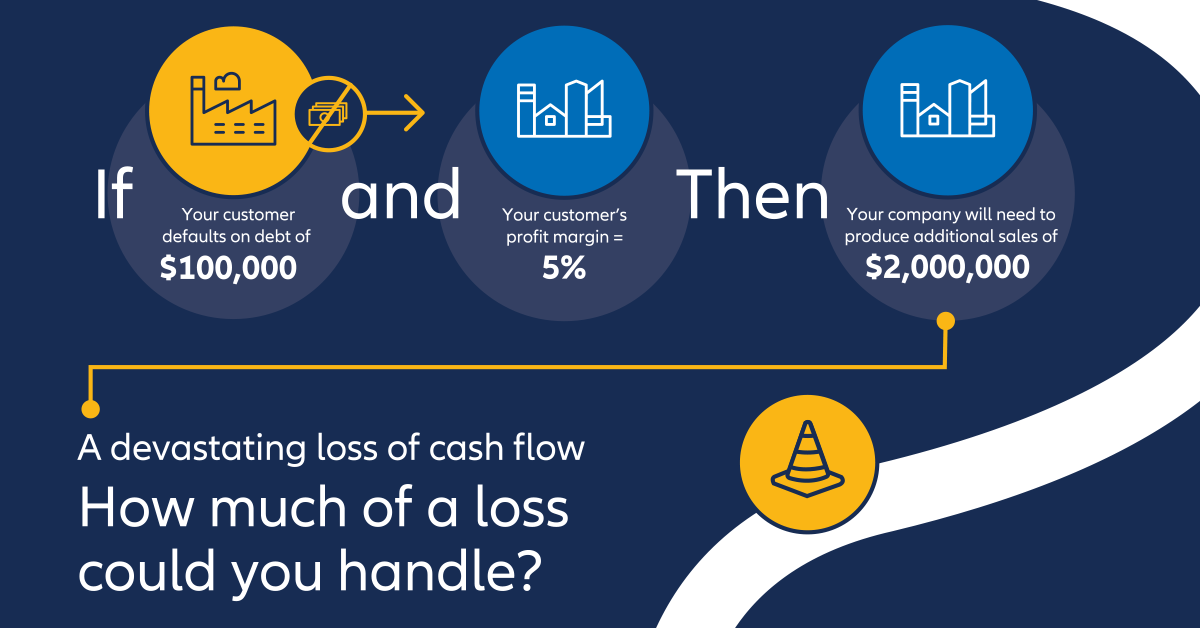Accounts receivable insurance – sometimes called A/R insurance or trade credit insurance – provides companies with protection against customers that fail to pay what they owe.
Well known and widely used by European companies for decades, accounts receivable insurance is now becoming more commonplace among companies of varying sizes based in Asia as well.
The reason for this growth is that, on average, 40% of a company’s assets are in the form of trade debts. As a result, there is a greater chance that a business will experience a loss within its accounts receivable than any other asset.
Accounts receivables are a critical component of your balance sheet — they directly affect your cash flow and profitability. Many companies in Singapore are thorough when it comes to protecting against losses related to property damage, liability, and other unpredictable, high-exposure risks.
However, these same organizations often fail to view accounts receivable as one of the most valuable assets that can and should be secured – leaving themselves exposed to cash flow management and revenue problems. There is a safer way to do business.
Once implemented, accounts receivable (A/R) insurance coverage can help credit risk management teams and other stakeholders manage the commercial and political risks that are beyond the organization’s control.




